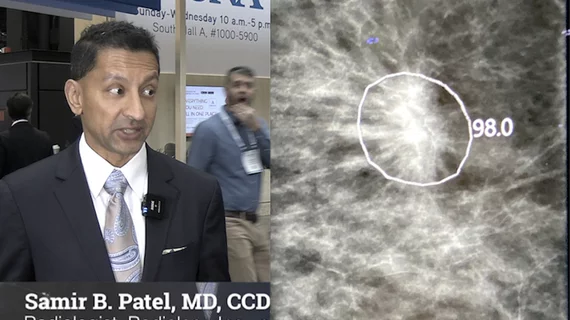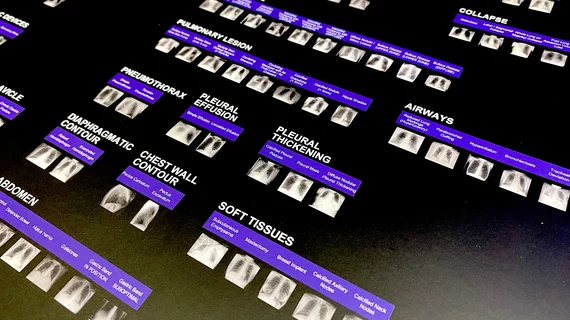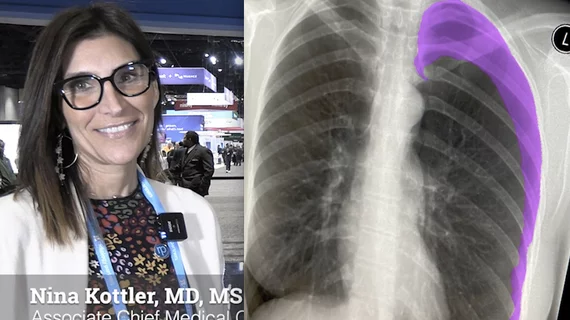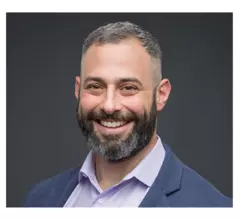InTouch Health, the leading enterprise telehealth platform, announced today a partnership agreement with Cardiovascular Institute of the South (CIS) to provide remote medical services geared towards emergent and general cardiology expertise in acute settings, adding a fourth service line to the company's physician capacity management offering. CIS will increase breadth and depth of adoption of InTouch Health's services, and extend its cardiology expertise to InTouch Health in two critical ways: (1) addition of cardiologists to InTouch Health's physician capacity management offering, and (2) collaboration on development of workflow solutions to drive best practices and allow for standardized quality of care in telecardiology settings.



![Advanced artificial intelligence (AI) models can evaluate cardiovascular risk in routine chest CT scans without contrast, according to new research published in Nature Communications.[1] In fact, the authors noted, the AI approach may be more effective at identifying issues than relying on guidance from radiologists. Representative non-contrast CT slices for two patients (left), with super-imposed segmentations (right). One artificial intelligence (AI) model was used to segment a cardiac mask.](/sites/default/files/styles/top_stories/public/2024-04/screen_shot_2024-04-23_at_10.44.32_am.png.webp?itok=O8wgPFEZ)





